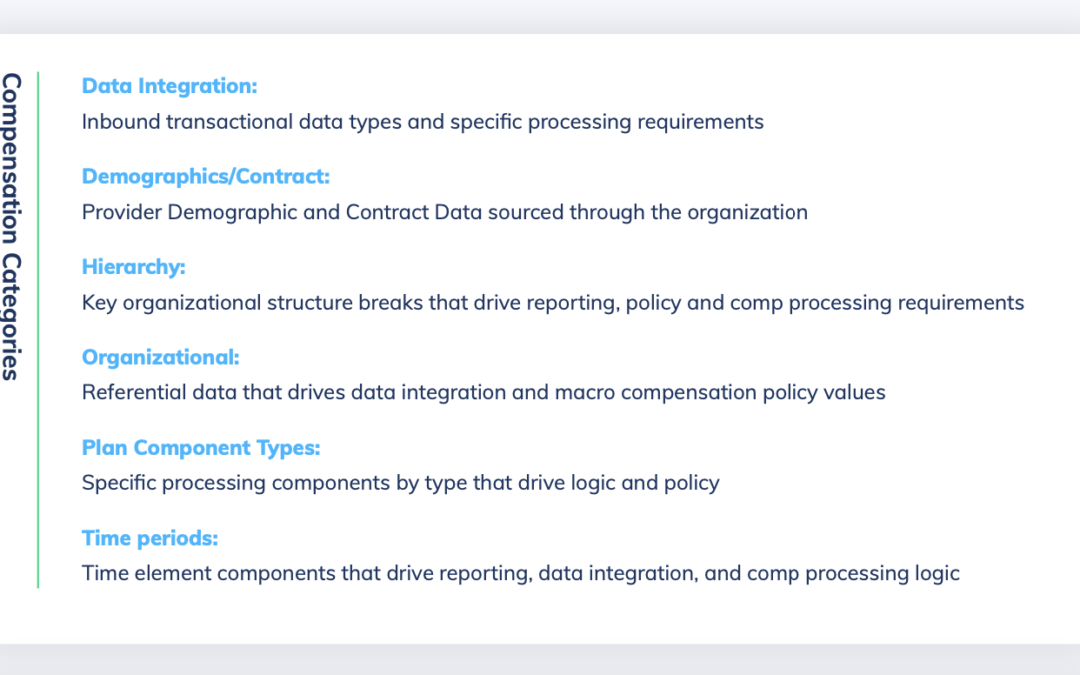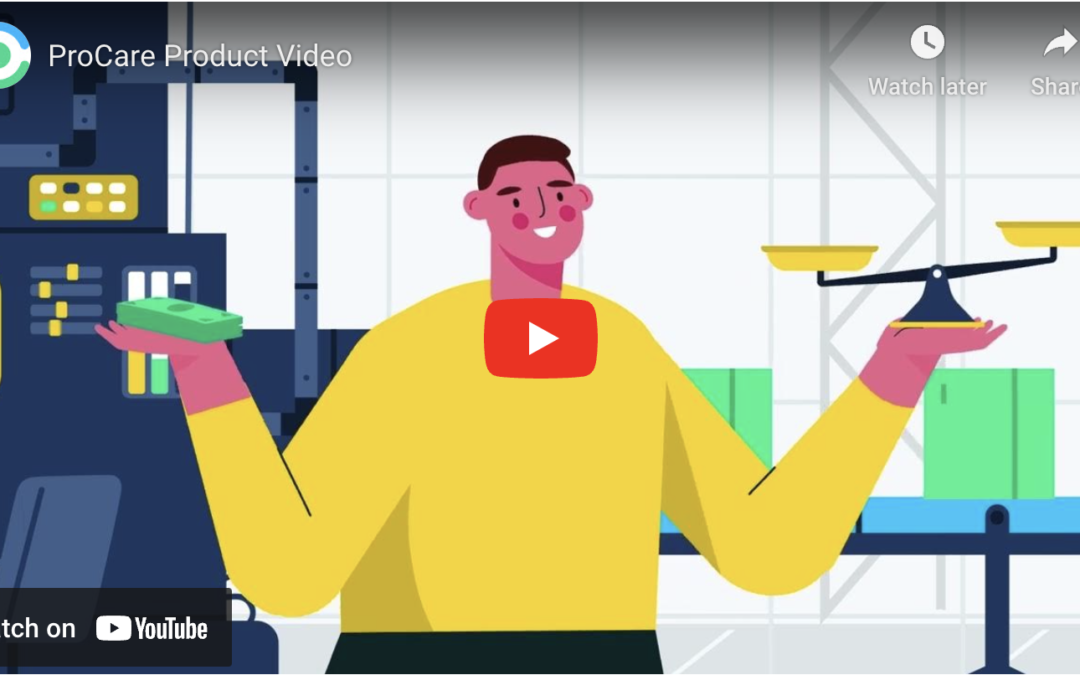As an enterprise healthcare organization you have four options for managing your provider incentive compensation: Microsoft Excel, homegrown solutions, ‘add ons’ within your contract/payroll management system or provider incentive compensation management software.
Which option you choose to implement will ultimately result in a streamlined, optimized and integrated compensation process or a cumbersome, manual and expensive process.
Let’s briefly break down your options here.
Microsoft Excel
It is not uncommon for large healthcare organizations to operate from an excel spreadsheet to manage incentive compensation for 100+ or even 1000+ providers.
As imagined, the complex variations in comp plans make excel management a manual and convoluted process, with frequent charge lag data requiring manual processing and limited transparency into payments and performance.
“Before ProCARE we spent so much time manually updating our excel workbooks and reports constantly, with every comp change and personnel change,” shared Judy Newman, Manager with Cancer Treatment Centers of America.
Organizations utilizing spreadsheets are inundated with these manual calculations and data loads, burdened by the possibility of errors.
“The way that our payment models were setup in Excel left us exposed to all kinds of mishaps. ProCARE eliminated that feeling of uncertainty,” Caroyln Stepp, Office of Clinical Leadership with Cancer Treatment Centers of America shared.
These limitations unnecessarily burden staff and fundamentally prevent growth and innovation.
Homegrown Provider Incentive Compensation Solutions
We recently did a piece on the growing pains of homegrown solutions, so here we’ll briefly say that homegrown solutions simply do not provide the control and flexibility, transparency and scalability to be successful.
“Our homegrown solution was ready for our first phase of roll out but was built too rigid, and did not allow customization that would ultimately be needed. We were going to need another round of development work to meet all business needs,” Kathleen Ward, Director of Revenue Analysis with Thrive Pet Care shared with us regarding the challenges they faced with their homegrown system prior to moving to ProCARE.
While automating elements of your compensation with a homegrown solution may initially seem alluring, we strongly recommend you evaluate your entire compensation management strategy before making the decision to invest in a homegrown solution.
Contract & Payroll Management Systems
As the need for provider compensation solutions continues to grow, we’ve seen attempts to stretch the limitations of existing contract & payroll management systems to address this aspect of compensation.
Because these systems are not designed for this purpose, their rigid nature makes it near-impossible to adjudicate any complex models.
Provider Incentive Compensation Management (PICM) Software
Incentivizing providers is imperative to drive strategy and alignment within an organization. But, what makes sense in theory, doesn’t always make sense in practicality – especially if utilizing excel, a homegrown solution or an ‘add on’ to your contract management system.
When it comes to compensation management, the inconsistencies in data access and gaps between strategy and operations need to be narrowed significantly, if not eliminated, for your team and organization to be successful and competitive in today’s market.
Provider compensation strategy and automation technology can be your team’s bridge to success.
Be wary of automation solutions that recommend streamlining your comp models first, as this can limit your ability to effectively influence desired behaviors and performance. There are subtle, but powerful, differences between calculation engines and rules-based engines.
Your provider incentive compensation management software should incorporate necessary complexities and automate Organizational Data, Referential Data (Reference Data) and Event Data (Transactional Data). To adequately address a healthcare system’s needs, the software must provide data management, a calculation engine to configure business rules, compensation outputs for downstream systems, and a dashboard and analytics.
Schedule an Introductory Call
During our introductory call we will take a deeper dive into your current processes, discuss platforms for integration, identify your primary business objectives, answer any questions you have regarding compensation automation, and identify if we’d be a good fit for your organization










